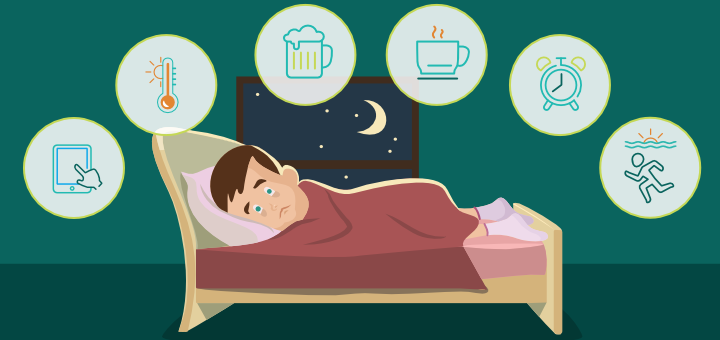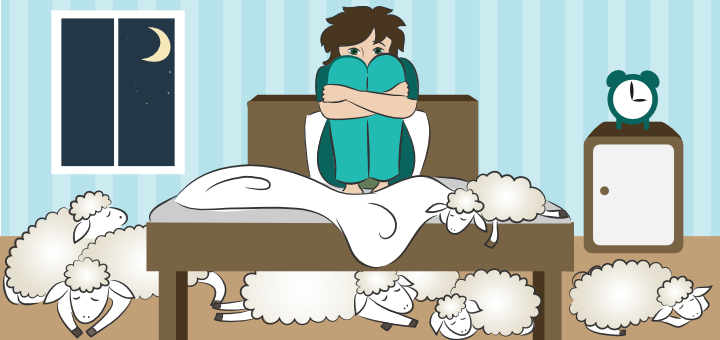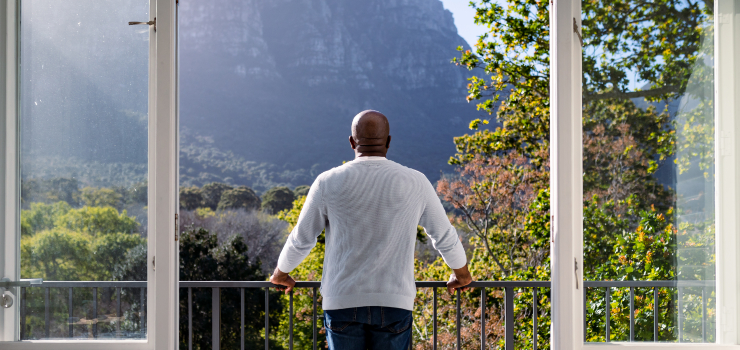External factors that are messing up your sleep: Part 1

A decade or so ago, I visited a small surfing town in Costa Rica. It was a great adventure, but one thing I found most surprising was that by 9 pm, there was nobody around. As soon as the sun set, the streets became deserted, and windows went dark. Both the internet connection and cell service were spotty; there was no cable TV, so there wasn’t much to do after sunset. It seemed that everybody just went to bed. Then, in the morning, most people were up with the sun – surfing, opening their small shops, or just going about their business. This was the first experience I ever had of daily living linked to the rhythm of the sun. It felt restful and refreshing.
Much has changed in our lives since electricity has illuminated our homes, including the disconnect from the daily cycle of the sun and extended activity hours. With the invention of cellphones and iPads, our evening hours are now illuminated by LED lights.
The problem is that spending time in front of the blue light in the evening affects the release of melatonin (a hormone that signals to the brain that it’s time to transition toward sleep). The brain gets fooled by the light into thinking that it’s still daytime and slows down gradual melatonin production. When you finally shut down your computer or other electronic device and go to bed, you might not be ready to go to sleep because your body didn’t get the memo yet. It might take another hour or longer in the dark for melatonin to reach sleep-ready levels. This is why light is the first important environmental factor that can impact your sleep. What’s the solution? If you have trouble falling asleep, try to stay away from screens for at least an hour before bed, and in the course of that hour, avoid bright lights of all kinds.
Fading daylight is not the only factor that controls the release of melatonin. With dusk usually comes a drop in temperature, and your brain is attuned to detecting that. Matthew Walker, PhD, who’s been studying sleep for 20 years, writes: “Environmental light and temperature therefore synergistically, though independently, dictate nightly melatonin levels and sculpt the ideal timing of sleep.”(1) This is why it is usually easier to fall asleep in the cooler room than the hot one. This is also why you might stick your feet out from under the blanket if you are feeling too warm – exposing your extremities to open air helps cool you down. ”One way you control your core body temperature is using the surface of your skin. Most of the thermic work is performed by three parts of your body, in particular, your hands, your feet, and your head. The hands, feet, and head are remarkably efficient radiating devices that, just prior to sleep onset, jettison body heat in a massive thermal venting session so as to drop your core body temperature.”(1) My personal trick of falling asleep in a room that’s too warm is to dip my feet into cold water and then leave them slightly wet as I climb back into bed. As water evaporates from the feet it helps to cool you down. Or you can point a small fan at your feet; this will help keep them cool and will make it easier for you to fall asleep.
If you have trouble falling asleep, you might want to consider turning your temperature down a bit (if you are using air conditioning) or opening a window to get some cooler air in. Be mindful of the kind of bedding you use, so that it keeps you warm enough to be comfortable but not so warm that you get sweaty (which is another way you regulate your core body temperature).
The yoga tradition, of course, has its own tricks for cooling the body. You can try Shitali breath, which involves breathing in through a rolled tongue, or its cousin Sitkari, which involves breathing in through your teeth. Both of those techniques are meant to cool your down; if you also lengthen your exhalation when you practice those, it will also help to calm your nervous system.
Another general suggestion concerning body temperature comes from the yogic ideas of Ida and Pingala – the lunar and solar energy channels in the body. Breathing through the left nostril is supposed to stimulate the lunar channel and cool the body while breathing through the right nostril is supposed to stimulate the solar channel and warm up the body. That is why it is recommended that when you first get into bed, you lie on your left side first so that the opposite, right nostril, becomes more open and helps you get cozy and warm in bed. Then, it is recommended that you roll over onto your right side to open up the left nostril, which will help cool your body and help you fall asleep.

There are other factors that can affect your sleep quality and quantity.
References
- Why do we sleep: Unlocking the Power of Sleep and Dreams by Matthew Walker










good article!
Dear Olga, thank you for another great article. I’ve been subscribed to your posts for a while now, and wanted to let you know I always read them with great interest. So, sending you my gratitude for your generosity!